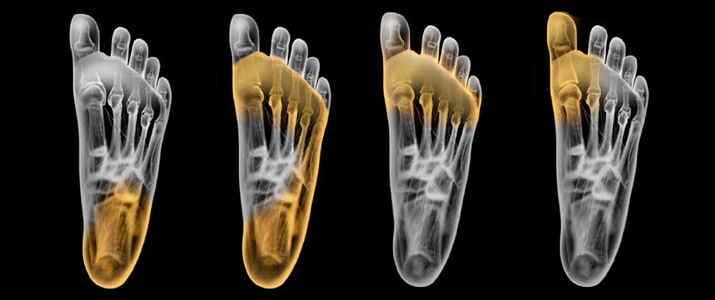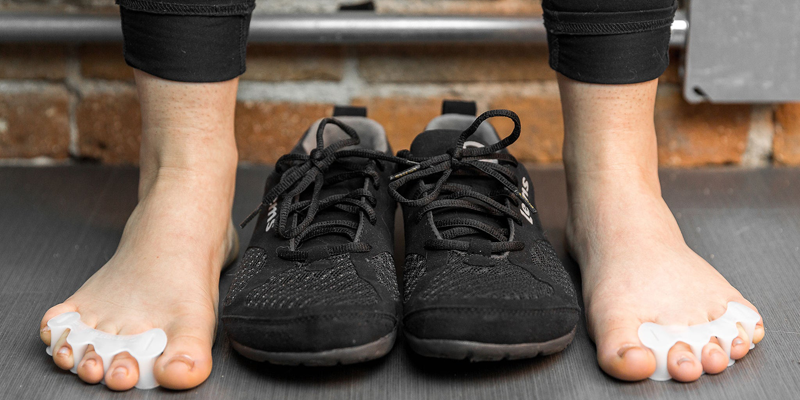Reading the latest CNN article, “I have a family history of Alzheimer’s disease. I wanted to understand my own risk“, reminded me of the importance of proprioception…
Dr. Sanjay Gupta (CNN), a neurosurgeon with a family history of Alzheimer’s, underwent extensive testing to understand his own risk of developing the disease. His exploration included cognitive assessments and genetic tests, revealing potential risks and areas for improvement.
In the process of filming a new CNN & MAX documentary, “The Last Alzheimer’s Patient,” he decided to learn more about my risk for dementia.
In the recommendation about brain health, I did not expect an intervention involving my feet, but the nerves that run to the feet are the longest in our body. When you don’t move your toes and feet regularly and freely, Richard says, you can lose sensory awareness, also known as proprioception, leading to a “sensory paralysis.” Over time, the nerve connections that run from your feet to your brain start to disappear. Once your feet are weak, your weight will be unevenly distributed when walking and exercising. The better your feet can tolerate a load evenly, the more options they have for movement, the better and more cooperative things will be up the chain, including your knees, hips and lower back. Consider wearing toe spacers occasionally, he told me. Start with 10 minutes a day every few days, and increase the time as you get used to them.
Dr. Sanjay Gupta
Barefoot and minimalist runners knows about the importance of proprioception for the last decade or more… Time to revisit and refresh.
What is Proprioception?
Proprioception is your body’s ability to sense where it is and how it’s moving without you having to look. It’s like an internal GPS for your body, helping you know the position of your arms, legs, and other parts. Here is why proprioception is very important:
- Staying Balanced: It helps you keep your balance, so you don’t fall over when you’re walking, running, or standing still.
- Moving Smoothly: It lets you move smoothly and precisely, like catching a ball or typing on a keyboard without looking at your fingers.
- Preventing Injuries: It protects you from getting hurt by making you aware of your body’s position, helping you avoid awkward movements that can lead to sprains or falls.
- Recovering Faster: If you get injured, proprioception helps you bounce back quicker. Exercises that improve this sense are often used in physical therapy to help you regain strength and coordination.
- Everyday Tasks: It makes daily activities easier and more efficient, like reaching for something on a shelf, climbing stairs, or even just standing still without swaying.
Proprioception keeps you balanced, coordinated, and aware of your body’s movements, making everyday tasks easier and helping you avoid injuries.
Resources
Minimalist Running Shoes – Xero Shoes, Altra Running, VIVOBAREFOOT, LEMs Shoes, Carets.
Natural Foot Shaped Shoes – By mirroring the foot’s natural shape, the entire body benefits in a multitude of ways…
Correct Toes – Naturally help reverse the effects of bunions and hammer toes…

The definitive barefoot running guide, which features glowing forewords from Christopher McDougall, author of Born to Run and Harvard University Professor Daniel Lieberman, aims to put an end to the detrimental effects of jogging and inspire injury free running.
Breaking through the myths and misinformation, the eBook delivers a free step-by-step guide to reducing injury and reawakening the innate skill of running, and demystifies proprioception, the secret to optimum performance.
Cutting-edge illustrations from renowned New York illustrator Bryan Christie bring the science to life.


